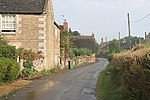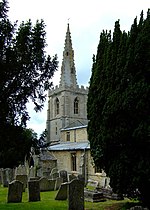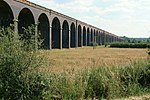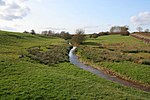St Mary's Church, Morcott
Anglican church stubsChurch of England church buildings in RutlandGrade I listed churches in RutlandUse British English from July 2021

St Mary's Church is the Church of England parish church in Morcott, Rutland. It is a Grade I listed building.
Excerpt from the Wikipedia article St Mary's Church, Morcott (License: CC BY-SA 3.0, Authors, Images).St Mary's Church, Morcott
Church Lane,
Geographical coordinates (GPS) Address External links Nearby Places Show on map
Geographical coordinates (GPS)
| Latitude | Longitude |
|---|---|
| N 52.59705 ° | E -0.63627 ° |
Address
Saint Mary the Virgin
Church Lane
LE15 9DH
England, United Kingdom
Open on Google Maps









